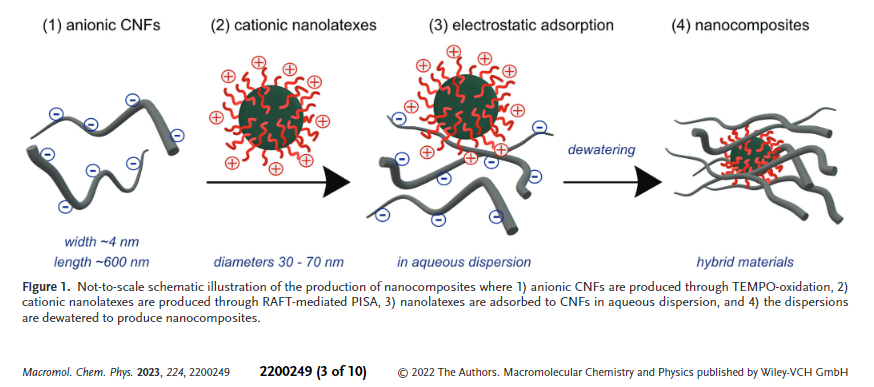Dynamic Compression/Tension for Cellulose Treatment
This project aims to develop novel experimental techniques for generating rapid compression and expansion waves in liquids and explore using compression and tension pulses to disintegrate, homogenize, and fibrillate cellulose fibers efficiently to contribute to the more sustainable production of novel nano- and micro-cellulose materials.
POR-BioSorb: PORous Bio-based and high-functional sorbent alternatives
POR-BioSorb, a collaboration of European Universities, SMEs, and Research Institutes, aims to introduce the use of bio-based, energy-saving and climate-friendly porous materials with high absorption capacity. By using low-cost polymers from various biomass sources and advanced green production technologies developed in the consortium, this project will develop environmentally friendly alternatives to current materials that are […]
PolyTree
The main goal of this project called PolyTree is to enable a closed-loop sustainable materials economy by making renewable polyesters from wood-based building blocks through innovative green chemistries. While biopolymers have been actively developed, their technical properties lack in respect to fossil-based materials. Moreover, biopolymers are not necessarily biodegradable – or recyclable. This project embraces […]
Methodologies providing new insights into the fundamentals of the pulping process
Today’s knowledge of what happens concerning the kinetics and other phenomena in the digester during the pulping process is mainly the result of the use of inductive methods. Based on these methods, generalised models have been formulated that are applied for process development as well as for industrial process optimisation. Recent studies (e.g., Mattsson et […]
Physical properties characterization of cellulose biocomposites
Advanced cellulose-based biocomposites are bio-degenerable mateirals for a sustainable material. These materials generally have complicated and highly heterogeneous optical and mechanical properties. The developments and applications of such materials demand a thorough investigation of their physical properties and their structure-property relationship. This project aims to characterize the optical and mechanical properties using experiments and simulation.
Electroactive Cellulose Composites Towards Future Green Devices
In the last few decades, significant interest has arisen in the use of cellulose in conjunction with electrically conductive materials for a wide range of applications, from energy storage and actuators to sensors. The primary driving force for selecting cellulosic materials stems from their intrinsic and extrinsic properties, such as high flexibility, processability, chemical stability, […]
Synchrotron Methods for Biomaterial Processes
Investigation into the small scale interaction of cellulosic nanofibrils with geling agents through diffusion in flow layers, and the study of the subsequent effect on macro scale flow behavior of fibre spinning. Methods primarily intended to be those utilized at synchrotron facilities, like USAX, WAXS, and more novel techniques like XMPI.
Nanostructured composites from latex nanoparticles

Latex nanoparticles with controllable physico-chemical properties, such as size, rigidity and surface functionality, have shown great promise in modifying and tailoring macroscopic properties of cellulosic nanomaterials. For instance, it has been found that cationic nanoparticles can stiffen or plasticize cellulose nanopapers depending on additive amount. The impact of nanoparticle shell functionality will be further investigated […]
From wood to nanocellulose and back again: A study on the nanoscale
From wood to nanocellulose and back again: A study on the nanoscale
Nanostructured aerogels for removal of organic and inorganic water pollutions
Nanostructured aerogels for removal of organic and inorganic water pollutions
Novel gels based on polysaccharides and polyphenols
This project will develop a new generation of functional hydrogels using cell wall polysaccharides and polyphenols from plant side streams, combining the material properties of the polysaccharides and the antioxidant properties of polyphenols. This project contributes to a circular biomass utilisation exploiting abundant by-products from agricultural production.
Hemicelluloses for fibre enzymatic modification
Our project focuses on hemicelluloses, as they play an important role within lignocellulosic biomass, interlocking cellulose microfibrils, and lignin. Hemicelluloses affect the mechanical properties of cellulose fiber surfaces by creating rigid and flexible domains. The vision of the project is to unlock the full potential of hemicelluloses in wood and open the way for a […]

